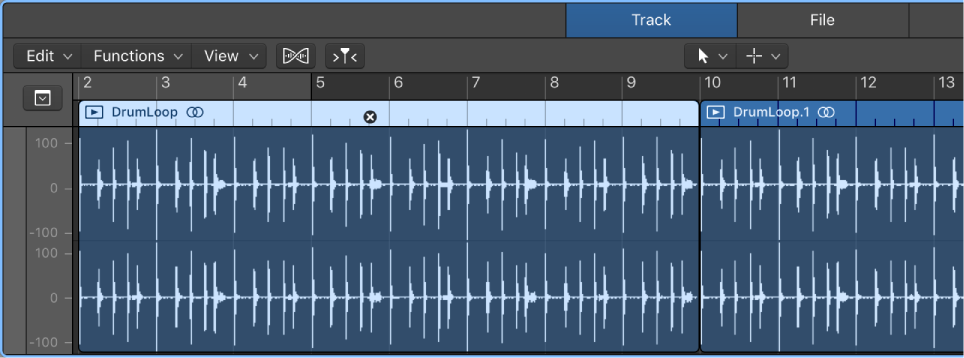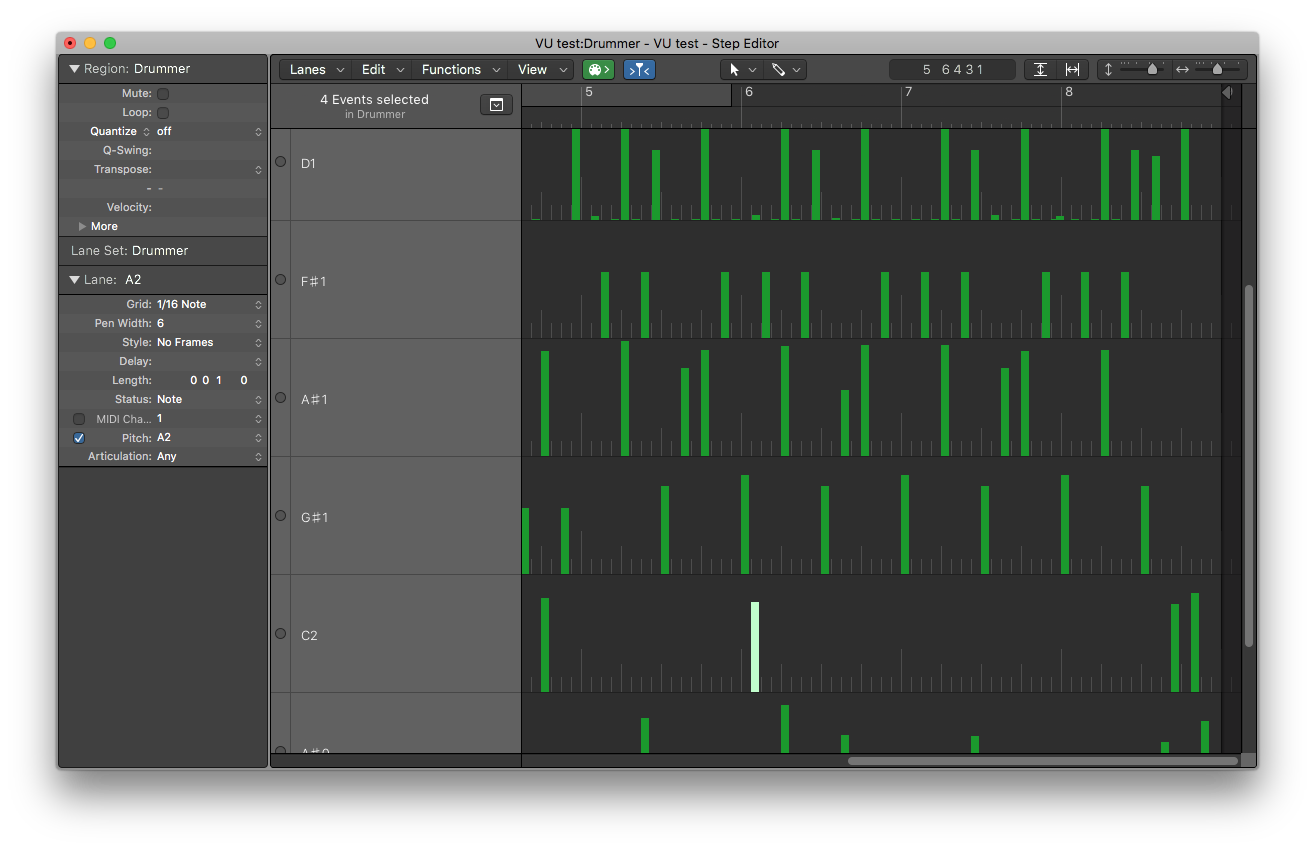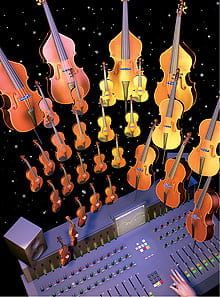More like the 80s
NAD integrated amplifier, Dual turntable, recordings from 1950s, 1960s. All vinyl, all the time…
The simple answer was “Boston Acoustics”, not me, I know there are tools that will “warm it up”.
I went “B&W”. No one was saying “Bowers and Wilkins” in the U.S. Too much like “Evelyn and Crabtree” (or the other way around, fun nose trinkets).
Modern “flat” speakers are sooooooooo flat compared to anything from the 1980s at a real person’s budget.
Devil’s in the details, watch out for “re-masters”.
So the saxes, the Evanses, the odd-rhythmists, they need warm. Yup. A transistor needs help. So does the computer 😉
MJQ — Django — Rudy Van Gelder re-master (he surely didn’t record it?)
Needs warms. Cold, wintry sound without help.
My attempt is flat speakers proceeded by iZotope “Vinyl” to get me vintage gear, with a T-Racks 5 “Saturator-X” at the front. It’s pretty close to the home stereo. Maybe a little “room”.
The new graphic EQ for the home stereo might be Audio Hijack with a bunch of plugins in front of the audio. It works for me, since that’s what I heard and what I know deep in my ears.
I need to build the amusing “Hey Dingus” command of “Play me some Bill Evans on a 1960’s stereo” — how’s that for a graphic EQ? The AREQ?
Ahh, the magic happens.
I need to add some room! not where it was recorded, but where it is heard. T-Racks 5 — CSR Classik — Room. Reflections only.
I want to be in the room where a performance happens!



